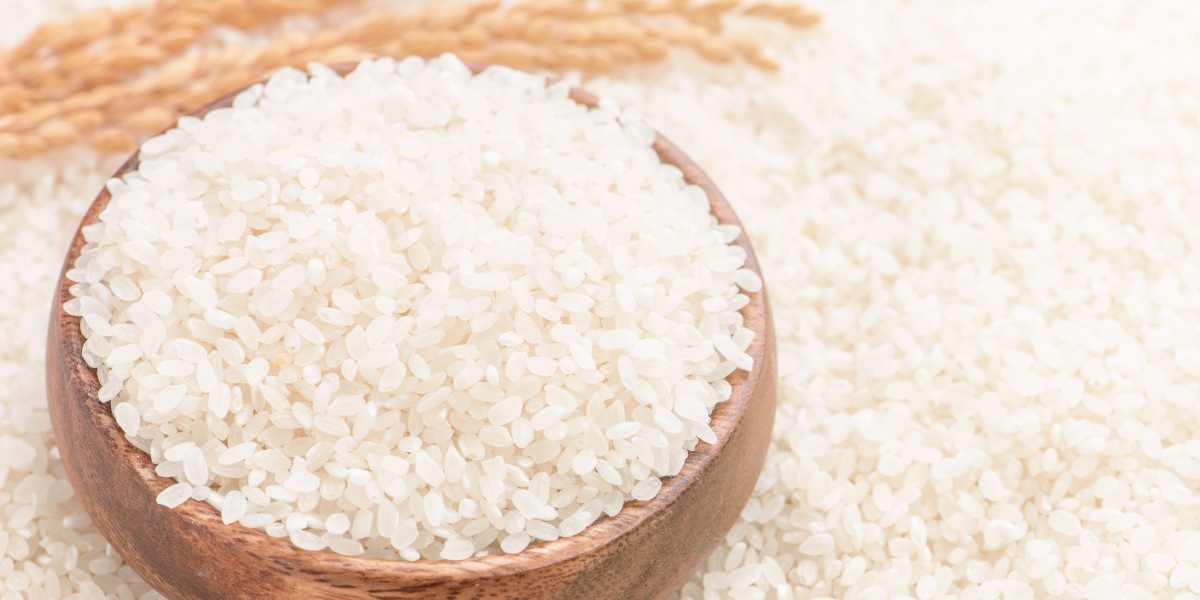Kapanlagi.com - Rice is one of the essential staple foods that is very important in daily life, especially in Indonesia. However, with the increasing demand for rice, fraudulent practices have emerged that exploit plastic rice as an alternative. Plastic rice, made from synthetic materials, not only endangers health but also harms farmers and producers of real rice.
Therefore, it is important for consumers to recognize and understand how to distinguish plastic rice from real rice to avoid falling victim to this fraudulent practice. This guide will discuss several practical ways to identify plastic rice and provide tips for choosing quality rice.
With the right knowledge, you can protect yourself and your family from the potential dangers posed by consuming plastic rice. Let’s pay attention to this important information so you can shop smarter and ensure that every grain of rice you consume is safe and healthy real rice, as reported by Kapanlagi.com from various sources, Thursday(5/12).
1. Definition of Plastic Rice
Plastic rice, or synthetic rice, is fake rice made from non-food materials such as plastic and designed to mimic the appearance of real rice. This product has no nutritional value and can be harmful to health if consumed.
Plastic rice is often made from a mixture of plastic, synthetic resin, or other materials such as potatoes and sweet potatoes. This phenomenon has become a serious concern in Southeast Asia and China, where rice is a staple food, as it can threaten consumer health and harm farmers and producers of real rice. Therefore, it is important for all parties to be vigilant and know how to identify plastic rice.
2. Characteristics of Plastic Rice
Recognizing the physical characteristics of plastic rice is very important to protect oneself from consuming fake rice. Plastic rice usually has a more uniform and slender shape, an overly white color, and a striking shine.
Its texture is smooth and lightweight, without the distinctive aroma of fresh rice, and sometimes has a chemical smell. When soaked, plastic rice tends to float, while real rice sinks and makes the water cloudy.
However, these characteristics are not always definitive due to advancements in technology. Therefore, consumers should pay attention to the characteristics of rice and choose trusted sources for purchase.
3. The Difference Between Authentic Rice and Plastic Rice
Distinguishing authentic rice from plastic rice is an important skill for consumers. Authentic rice has a varied size, is slightly plump, has a natural white or yellowish color, and a rough surface. A distinctive aroma arises when cooked.
In contrast, plastic rice is uniform in size, too white or clear, with a striking shine, smooth texture, and lacks a distinctive aroma, and can even emit a chemical smell when heated. When soaked, authentic rice sinks and clouds the water, while plastic rice floats and keeps the water clear.
In cooking, authentic rice expands softly with a fragrant aroma, while plastic rice does not expand well and can emit an unpleasant smell. Therefore, it is important to buy rice from trusted sources.
4. How to Identify Plastic Rice
Distinguishing plastic rice from authentic rice can be done practically at home. First, visually inspect it; plastic rice usually has a too-uniform shape and color with a shiny appearance. Next, the touch test reveals that authentic rice feels slightly rough, while plastic rice is smooth and light.
For the water test, place the rice in a glass; authentic rice sinks, while plastic rice floats. Smell the rice; authentic rice has a fresh scent, while plastic rice is odorless or smells chemical when heated.
Try burning a few grains of authentic rice to ash, while plastic rice melts and emits a plastic smell. If in doubt, avoid that rice and report it to the authorities, and buy from trusted sources to ensure quality.
5. The Dangers of Consuming Plastic Rice
Consuming plastic rice can pose a serious threat to our health, even though cases are still rarely heard. Plastic rice, which cannot be digested by the body, can cause digestive disorders such as intestinal blockage and chronic irritation.
In addition, the harmful chemicals contained in plastic, such as BPA, can disrupt the hormonal system and potentially trigger cancer, especially in the digestive tract. Not only that, plastic rice also has no nutritional value, which can lead to malnutrition and energy deficiency.
For pregnant women, the risks posed can threaten fetal development. Therefore, it is very important to always buy rice from trusted sources and check product labels before consuming it. Our awareness as consumers is key to protecting ourselves from the dangers lurking behind plastic rice!
6. Tips for Buying Safe Rice
Choosing safe and quality rice is important for family health. Shop at trusted places like well-known supermarkets and avoid unknown vendors. Carefully check the packaging and ensure there is clear information, including the expiration date.
Choose certified products from official bodies like BPOM, and be wary of prices that are too low. Conduct a visual inspection and smell the rice before purchasing. Ask the seller about the origin and processing methods.
If you find suspicious rice, report it to the authorities. This way, you can ensure the best staple food for your family.
7. Regulations and Supervision of Rice Circulation
8. Technology in Detecting Plastic Rice
Regulations and supervision of rice circulation are crucial for ensuring food safety and protecting consumers from plastic rice and counterfeiting. Various countries implement strict policies, such as setting quality standards, certification for producers and importers, and transparent labeling systems.
Routine inspections and strict controls on imports are also necessary, accompanied by severe penalties for regulatory violations. A traceability system from farmers to consumers, consumer education, and international cooperation are strategic steps.
With the adoption of advanced technologies like DNA analysis and blockchain, it is hoped that the circulation of safe and quality rice can be guaranteed, increasing consumer confidence.
(kpl/rao)
Disclaimer: This translation from Bahasa Indonesia to English has been generated by Artificial Intelligence.












